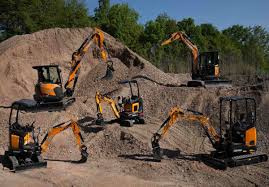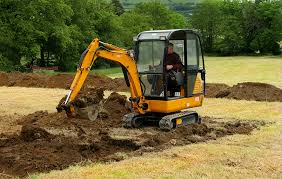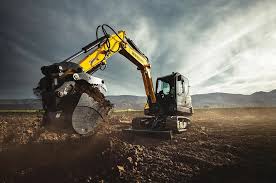
Mini Excavators vs. Standard Excavators – Which One Is Right for Your Project?
Understanding the Difference
Excavators come in many sizes, but the two most common categories are standard excavators and mini excavators. Standard excavators are larger, more powerful, and often used for heavy-duty commercial projects like large-scale demolition or highway construction. Mini excavators, on the other hand, are compact, versatile, and designed for smaller, more detailed work.
The choice between the two depends largely on the type of project you are managing. Understanding the strengths of mini excavators compared to their larger counterparts can help contractors make smarter, cost-effective decisions.
Advantages of Mini Excavators
Mini excavators excel in projects where precision, accessibility, and lower costs matter. Their compact size allows them to navigate job sites with limited space — for example, residential construction, landscaping, or municipal utility projects. They are easier to transport, cheaper to operate, and less damaging to the ground surface compared to heavy machinery.
Another major advantage is their versatility. With the right attachments, a single mini excavator can perform digging, lifting, grading, and demolition tasks without the need for multiple machines.
When Standard Excavators Are Necessary
Despite their many advantages, mini excavators are not always the right choice. For large-scale commercial projects that require deep digging, lifting very heavy loads, or working on expansive job sites, standard excavators remain the go-to option. Their sheer size and horsepower allow them to handle massive workloads that mini excavators simply cannot.
Striking the Balance
For many contractors, the best strategy is to maintain a mixed fleet — relying on standard excavators for heavy-duty jobs and mini excavators for everything else. This balance ensures efficiency across a wide range of projects, while maximizing cost savings and versatility.


